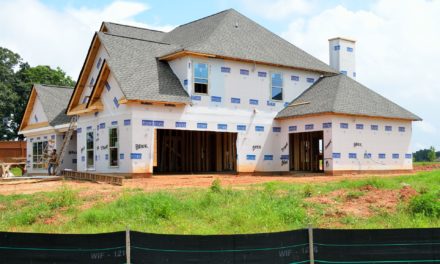In my previous post, I discussed how a century of mining turned the beautiful Coeur d’Alene basin and the town of Kellogg into one of the most polluted communities in the country. In this post, I’ll review the remediation and recovery process.
With the announcement of the plant closing in 1982, the City of Kellogg realized that it would no longer be able to depend on the Bunker Hill Mining and Smelter Company to provide for the community’s needs. With support from the Idaho Private Industry Council and consulting specialists from the University of Idaho, Kellogg created an economic development plan that
emphasized an assessment of Kellogg’s resources and the need for diversification in the local economy. It suggested that Kellogg target the recruitment of manufacturing industries, and it stressed the importance of working in a combined effort with other communities in the northern Idaho region. Tourism, based on the ski area above Kellogg, was suggested for further market analysis. The plan also stressed the need for an office of economic development with a director in Kellogg to lead the effort to diversify the local economy.[1]
The hope for an office of economic development was realized in 1984 by the creation of the Silver Valley Economic Development Corporation. They set out to diversify the local economy with manufacturing and tourism based on the development of the local ski area. “In 1994, Kellogg received funding from various state and federal sources to improve the streets and pavements and the landscaping in the center of the business district. This allowed new lighting, new parking areas, tree planting, and a small park.”[1]
All of these local improvements might have been in vain if it were not for the Superfund cleanup effort underway throughout the town. The cleanup effort was a large, multi-agency undertaking headed by EPA and assisted by the Idaho Department of Environmental Quality; the Basin Environmental Improvement Project Commission; the Coeur d’Alene Tribe; other federal, state, and local agencies; and local community members. The cleanup’s main focus was the removal of contaminated soils from affected properties. The piles of heavy-metal-laden tailings that were too large to remove were capped to prevent the contamination from leaching into the groundwater.
As of 2008, EPA alone had spent about $440 million on the cleanup. On the slopes above the town, newly planted trees and native vegetation cover the area. According to EPA, “In 2008, cleanup of residential and commercial properties in the Box [the central populated area] was certified complete. Over 3,000 properties have been cleaned up to date. Many local communities cooperated in this massive, multi-agency effort to test, partially remove, and cap metals-contaminated soils.”[2] With the remediation complete, the Silver Valley Economic Development Corporation and some forward-looking developers started working to turn the area into a tourist destination.
My next post will examine the remarkable steps to recovery and revitalization that increased some property values by 300% in just a year.
– Jonathan Putman
[1] Johansen, Harley. 2006. “A Mining Town Reinvents Itself.” Idaho Issues Online, Spring 2006. Accessed November 24, 2010 at http://www.boisestate.edu/history/issuesonline/spring2006_issues/2f_kellogg.html.
[2] EPA. 2010. News & Announcements, Region 10 Cleanup: Bunker Hill Mining & Metallurgical. Accessed November 24, 2010 at http://yosemite.epa.gov/R10/CLEANUP.NSF/sites/bh.





Recent Comments